Covariant transport equation and gravito-conductivity in generic stationary spacetimes
2025-05-06
1
0
566.68KB
17 页
10玖币
侵权投诉
Covariant transport equation and
gravito-conductivity
in generic stationary spacetimes
Song Liu1, Xin Hao2, Shaofan Liu3, and Liu Zhao1∗
1School of Physics, Nankai University, Tianjin 300071, China
2School of Physics, Hebei Normal University, Shijiazhuang 050024, China
3Department of Physics, University of Houston, Houston, TX 77204, USA
email: 2120190124@mail.nankai.edu.cn
xhao@hebtu.edu.cn,sliu74@cougarnet.uh.edu
and lzhao@nankai.edu.cn
Abstract
We find a near detailed balance solution to the relativistic Boltzmann equation under
the relaxation time approximation with a collision term which differs from the Anderson-
Witting model and is dependent on the stationary observer. Using this new solution,
we construct an explicit covariant transport equation for the particle flux in response to
the generalized temperature and chemical potential gradients in generic stationary space-
times, with the transport tensors characterized by some integral functions in the chemical
potential and the relativistic coldness. To illustrate the application of the transport equa-
tion, we study probe systems in Rindler and Kerr spacetimes and analyze the asymptotic
properties of the gravito-conductivity tensor in the near horizon limit. It turns out that
both the longitudinal and lateral parts (if present) of the gravito-conductivity tend to be
divergent in the near horizon limit. In the weak field limit, our results coincide with the
non-relativistic gravitational transport equation which follows from the direct application
of the Drude model.
1 Introduction
Transport equations for macroscopic systems under the influence of external fields are critical
in understanding non-equilibrium processes. For electron gas in solid state physics, the
external fields can be electromagnetic field and/or temperature gradient. For compact stars
and accretions around black holes, the relativistic gravitational field must be taken into
consideration. In the recent years, there has been an increasing interest in studying the
evolution of kinetic gases in the vicinity of black holes. On the one hand, the macroscopic
properties of near horizon systems are likely to be connected with thermodynamic effects of
gravity. On the other hand, the rotating plasma surrounding supermassive black holes has
been revealed by Event Horizon Telescope Collaboration [1]. Motivated by these astrophysical
∗Correspondence author.
1
arXiv:2210.10907v3 [gr-qc] 7 Dec 2022
scenarios, it is necessary to dwell on some more details of the transport phenomena in the
strong gravity regime.
Kinetic theory has long been used for constructing transport equations. In the early
stages of the universe and in the near horizon region, gravity is so strong that the relativistic
effect becomes important. In this situation, a relativistically covariant approach is needed.
Such a systematic approach is known as the relativistic kinetic theory (RKT) and could be
dated back to 1911 [2]. The modern geometrical description of specially relativistic kinetic
theory is formulated in [3], which is fundamental for the generalization to curved spacetime
backgrounds [4–6]. Renewed interests in this area arise following Refs. [7–9], where RKT has
been respectively applied to the study of the quark-gluon plasma and heavy ion collisions
[10–19], the early Universe [20–29] and astrophysics [30–33], particularly accretion around
black holes [9,33–35]. The covariant formalism also led to the development of relativistic
thermodynamics [36,37].
The aim of the present work is to provide a covariant formulation for transport phenomena
in curved spacetimes. There have been studies about the gravitational effects on the transport
of conserved charge, heat and momentum [38–40]. The major difference between the present
work and the previous ones lies in that we emphasize the importance of the observer, and that
our collision model is independent of Landau frame. The reason for stressing the important
role of observers lies as follows. As we have pointed out in [41], in relativistic physics,
physical laws are independent of the choice of coordinate system, whilst the values of physical
observables are observer dependent. In the description of relativistic transport phenomena,
the transport equation encodes the underlying physical law which needs to be described in
a covariant formalism. On the other hand, the values of the relevant transport coefficients
— although also need to be tensorial objects — describe the phenomenological properties of
concrete systems which depend on the choice of observer. As will be seen in the main texts
below, the proper velocity of the stationary observer is crucial when modeling the collision
term and interpreting the kinetic tensor.
Another difference of the present work with previous ones is that the lateral transport in
our framework can be clearly separated from the longitudinal transport. One may think that
the lateral effects are negligibly small as compared to the longitudinal effects. This may be a
truth in some cases, but not always. For instance, around rapidly spinning black holes, the
lateral effects are at least equally as important as the longitudinal effects.
For simplicity, we will work on the assumption that the gaseous (or fluid) system is
consisted of massive neutral particles and is regarded as a probe system.
2 GEM field and the gravitational Hall coefficient under post-
Newtonian approximation
In this section, we work within the post-Newtonian limit, i.e. when the gravitational field
is weak, and the motion of the source is slow but still taken into consideration. In this
limit, the gravitational field can be described by small perturbations hµν around Minkowski
metric. When all the nonlinear terms in hµν are neglected, there will be an analogy between
Einstein equations under de Donder gauge and the Maxwell equation under Lorenz gauge. In
4-dimensional spacetimes, such an analogy is known as the linear gravito-electromagnetism
2
(GEM) [42–45]. The solution of the linearized Einstein equation suggests that, up to O(c−2),
we can write the metric as
ds2=−c21 + 2φ
c2dt2+4
cA·dxdt+1−2φ
c2δij dxidxj,(1)
where i, j = 1,2,3, φ=h00/2c2is the scalar potential and Ai=h0i/2c2is the vector
potential. For slowly varying source, the gravito-electric (GE) field and the gravito-magnetic
(GM) field become E(g)=−∇φand B(g)=∇×A, which satisfy a set of equations analogous
to the Maxwell equations in 3-vector formulation.
Another important aspect of the linear GEM framework lies in the equation of motion of a
test particle. In non-relativistic limit, the proper velocity of the test particle is approximately
uα≈(c, v), and up to O(c−1) the geodesic equation in terms of GE and GM reduces to
Lorentz-force-like equation
dv
dt=E(g)+ 2 v
c×B(g),(2)
as a simple application of eq.(2), we can now follow the Drude model of traditional Hall effect
and introduce a linear friction term −v/τ to the RHS, which is due to scattering between
particles, and the scattering time τis the average time between collisions. When the particle
becomes equilibrated, we have roughly dv/dt= 0. In this case, the particle flow j=nvis
related to external force E(g)by
R(g)j− R(g)
Hj×B(g)=E(g),(3)
where R(g)= 1/nτ is the gravitational resistance and R(g)
H= 2/nc is the gravitational
Hall coefficient for neutral systems. This analogy is clear and instructive, but the Drude
model is highly dependent on the Lorentz-force-like equation, therefore only applies to weak
gravitational field.
In the rest of this work, we will generalize the transport equation to generic stationary
spacetime backgrounds in a fully covariant form and calculate the gravitational conductivity
for neutral systems as an example case for applications.
3 Relativistic Boltzmann equation and approximate solution
Before proceeding, let us mention that, in ordinary electrodynamics, different observers should
observe different electric (E) and magnetic (B) fields, which is known as the Faraday effect.
Likewise, The GE and GM fields must also be observer dependent. The description presented
in the last section did not show this observer dependence, because a specific observer, i.e. the
static observer in the Minkowski background spacetime, is implicitly adopted.
In the following, we will try to establish a fully covariant formalism for the relativistic
transport equations. For this purpose, we need to bring back the explicit observer dependence.
It turns out that the stationary observer is best suited for our investigation. Therefore we
shall assume that the spacetime is stationary (i.e. there exists a timelike Killing vector field).
From now on, we will be working in natural units with c=h=kB= 1. We introduce a
generic observer Owith proper velocity Zµ(with ZµZµ=−1) and the observer dependence
3
of the GE and GM fields are best illustrated by their expressions in terms of Zµ, i.e.
E(g)
µ=−Zν∇νZµ, B(g)
µν =1
2∇[αZβ]∆αµ∆βν,(4)
where ∆µν =gµν +ZµZµis the normal projection tensor associated with the observer O. It
should be mentioned that the covariant GE field E(g)
µis proportional to the proper acceleration
of the observer O. The GM field represented in vector form can be introduced as
B(g)µ=−∆µνεναβ B(g)
αβ ,
where εναβ is the Levi-Civita tensor.
Now let us proceed with a brief review of the relativistic kinetic theory for a system
composed of neutral particles moving in curved spacetime. The macroscopic state of the
system is described by the particle number flow Nµ, the energy momentum tensor Tµν and
the entropy current Sµ. These quantities are primary in the fluid description of macroscopic
systems [46]. In the absence of external field besides gravity, one has
∇µNµ= 0,∇µTµν = 0,∇µSµ>0.(5)
The expressions for Nµ,Tµν and Sµin terms of other macroscopic observables such as
temperature T, chemical potential µand entropy density sare called constitutive relations. It
is important to keep in mind that T,µ,sand therefore the constitutive relations are observer
dependent, but the above primary macroscopic quantities are not, since they have microscopic
definitions. In standard relativistic kinetic theory, the primary macroscopic quantities are
expressed as integrations over one-particle distribution function (1PDF),
Nµ=Z$pµf, T µν =Z$pµpνf, (6)
Sµ=−Z$pµflog f−ς−1(1 + ςf) log (1 + ςf),(7)
where ς= 0,+1,−1 respectively corresponds to the non-degenerate, bosonic and fermionic
cases, $=g√g
p0(dp)dis the invariant volume element in the momentum space with gbeing the
intrinsic degeneracy factor for individual particles in the system, and the spacetime dimension
is chosen to be (d+ 1). The above definitions are valid for systems away from equilibrium.
Therefore, in kinetic theory, we can ask whether the equilibrium state can be achieved in
curved spacetime, and find the constraints for the spacetime metric to embed an equilibrium
system. Since the primary macroscopic quantities are totally determined by the 1PDF, the
relativistic Boltzmann equation (RBE) is then of fundamental importance
LHf=C(f),(8)
where LH=pµ∂
∂xµ−Γµαβ pαpβ∂
∂pµis the Liouville vector field on the tangent bundle of the
spacetime.
There are two-fold complexities in the RBE, which make it challenging to find an exact
solution. On the left hand side, the spacetime geometry is encoded in the Liouville vector
field, however the spacetime geometry itself can only be determined by solving the Einstein
4
摘要:
展开>>
收起<<
Covarianttransportequationandgravito-conductivityingenericstationaryspacetimesSongLiu1,XinHao2,ShaofanLiu3,andLiuZhao1*1SchoolofPhysics,NankaiUniversity,Tianjin300071,China2SchoolofPhysics,HebeiNormalUniversity,Shijiazhuang050024,China3DepartmentofPhysics,UniversityofHouston,Houston,TX77204,USAemail...
声明:本站为文档C2C交易模式,即用户上传的文档直接被用户下载,本站只是中间服务平台,本站所有文档下载所得的收益归上传人(含作者)所有。玖贝云文库仅提供信息存储空间,仅对用户上传内容的表现方式做保护处理,对上载内容本身不做任何修改或编辑。若文档所含内容侵犯了您的版权或隐私,请立即通知玖贝云文库,我们立即给予删除!
分类:图书资源
价格:10玖币
属性:17 页
大小:566.68KB
格式:PDF
时间:2025-05-06


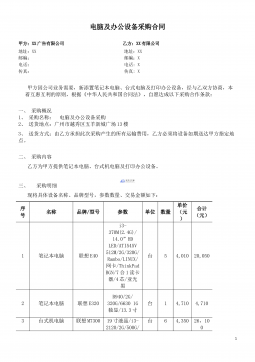
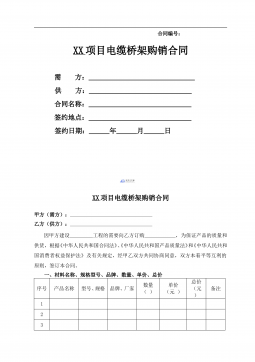
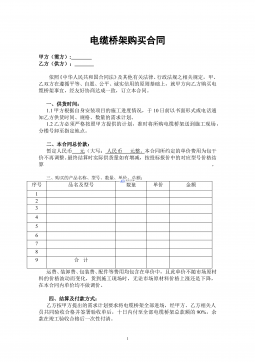

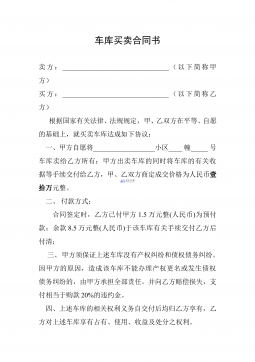
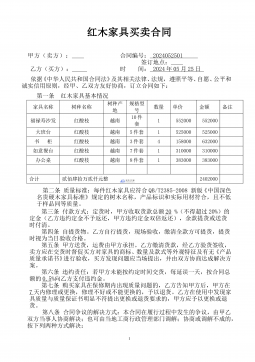
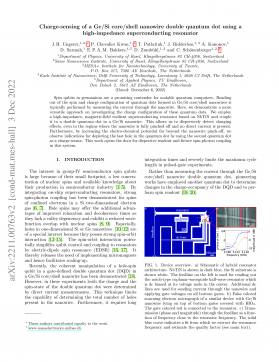




 渝公网安备50010702506394
渝公网安备50010702506394
